Healing Trauma Through Sound and Music
Sound and music helps stimulate our nervous system’s capacity to heal itself through vagus nerve stimulation.
Words can sometimes only access a fraction of our trauma. Our bodies tell the rest.
Unhealed trauma stays alive in our bodies and can take the form of migraines, body aches, fatigue, and insomnia.
This is our nervous system’s way of voicing our unspoken pain. We can view these symptoms as a call to heal deep-seated fears, anxieties, and distress.
Often, we can find these feelings too difficult to unearth.
They may remain buried and can seep into other aspects of our lives. For example, we may find it challenging to recognize our own value, feel safe in our bodies, or connect meaningfully with others (van der Kolk, 2014).
Pain from the past is often stored as sensations and emotions rather than a narrative (MacIntosh, 2003). It can feel difficult to shape our trauma into words - and we shouldn’t have to.
Therapeutic music and sound can offer a soothing, non-intimidating way to release trauma.
Trauma and music are both sensory experiences. This means that music may be able to bypass our conscious barriers and induce neuroplasticity (Sihvonen et al., 2022).
Therapeutic music and sound do not ask us to relive our trauma, explain our feelings, or modify our negative thoughts. Instead, it invites us to be open and curious about our inner emotional worlds.
It invites us to listen.
The story of our pain lies beneath our behavior, beneath our thoughts, and beneath our words.
Research has shown that therapeutic sound and music can help us begin a safe dialogue with three main parts of ourselves (Landis-Shack et al., 2017; Porges, 2017; Scrine, 2021).
- Our fearful, anxious self
- Our safe, secure self
- Our creative, expressive self
Our fearful, anxious self
Our deep-rooted fears can often feel too difficult to confront in our conscious minds. Therapeutic music can help us safely process painful, unconscious material (Scrine, 2021).
This explains why therapeutic sound has been found to reduce emotional distress and improve mood (Landis-Shack et al., 2017).
By giving voice to our fearful, anxious self, we can begin to build a renewed identity outside of trauma.
Our safe, secure self
The rhythmic activity of therapeutic music can elicit sensations of safety, according to neuroscientist Dr. Bruce Perry. This helps to shift our bodies from a state of fear into a state of security.
Therapeutic sound stimulates our vagus nerve, which can help to maintain this sense of safety within the body (Porges, 2017). A strengthened vagus nerve can increase our resilience to stress and help us better regulate our emotions (Porges, 2017).
By giving voice to our safe, secure self, we can begin feeling grounded within ourselves.
Our creative, expressive self
Therapeutic music and sound can empower us to creatively reconstruct our experience of trauma.
Therapeutic music not only calls our memories to the surface but can also enhance the renewal of these memories.
Whilst we can activate memories of pain, we can also activate memories of competency, pleasure, enjoyment, focus, and power (van der Kolk, 2006).
By giving voice to our creative, expressive self, we can begin to reimagine our story and appreciate our strengths.
This is why Rewire Trauma Therapy has created a specialized Healing Through Sound and Music program which guides you through polyvagal-informed, trauma-healing sound and music techniques.
Introducing Healing Trauma Through Sound and Music: Techniques To Help Us Give Voice To Our Inner Selves
Seven Expert-Guided Techniques:
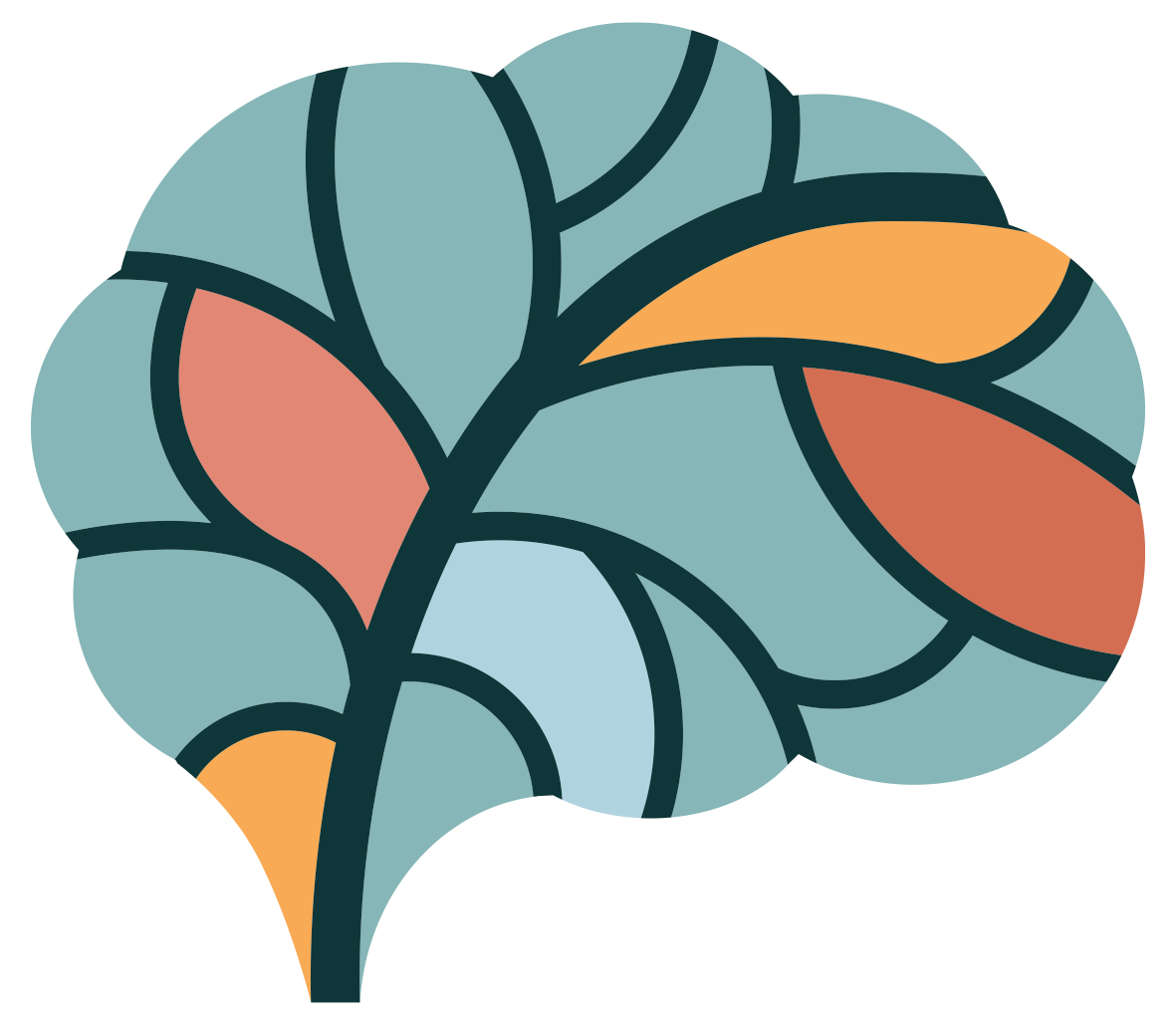
Technique 1: The Soundtrack Of My Life
In this flow, follow writing prompts to begin noticing patterns in the music throughout your life to help identify the kinds of music you can use as a supportive tool.
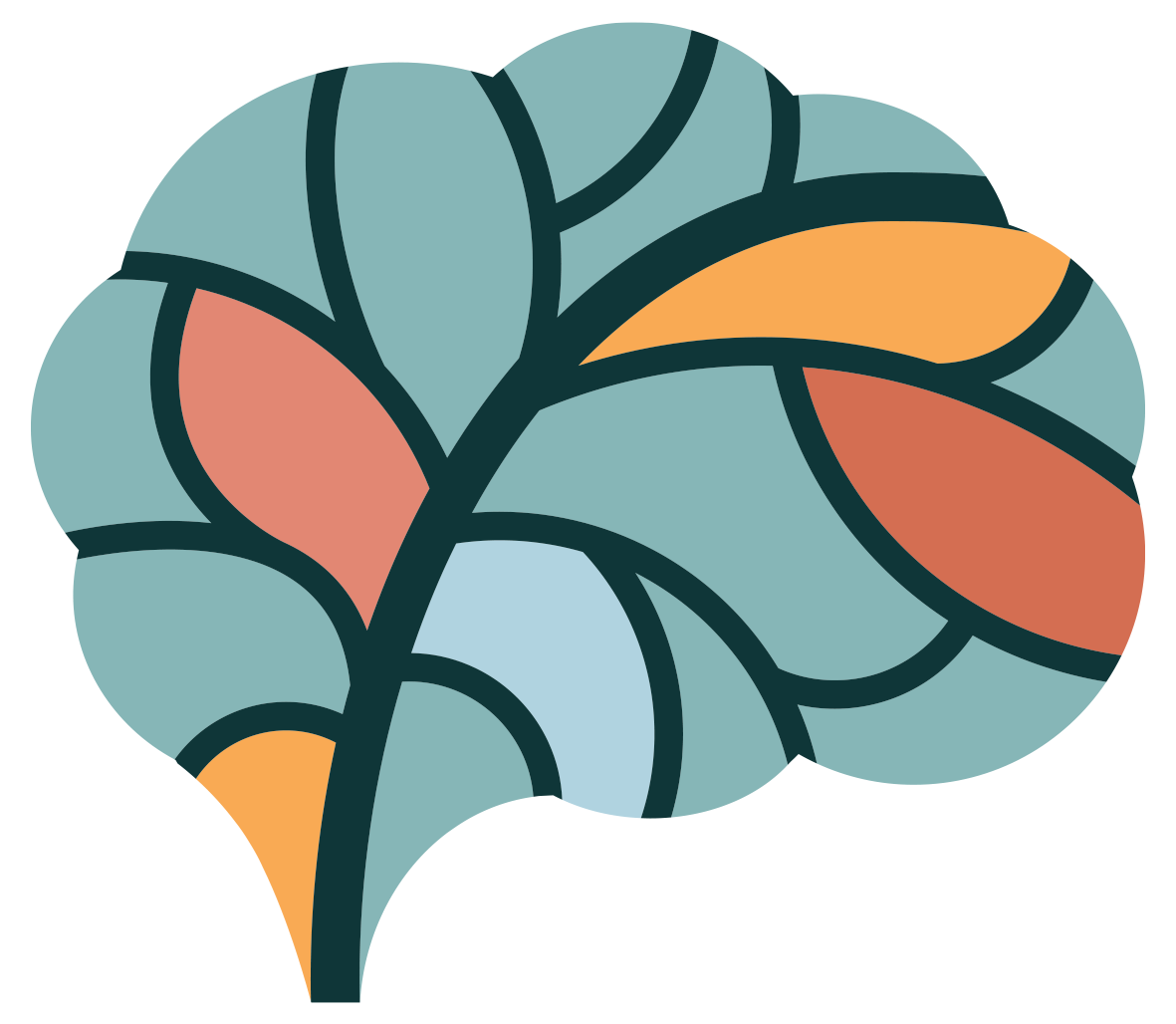
Technique 2: Observing Silence
We are more inclined to observe characteristics of sound and music than silence. This outflow will help you practice observing and extending the silence, as opposed to sound.
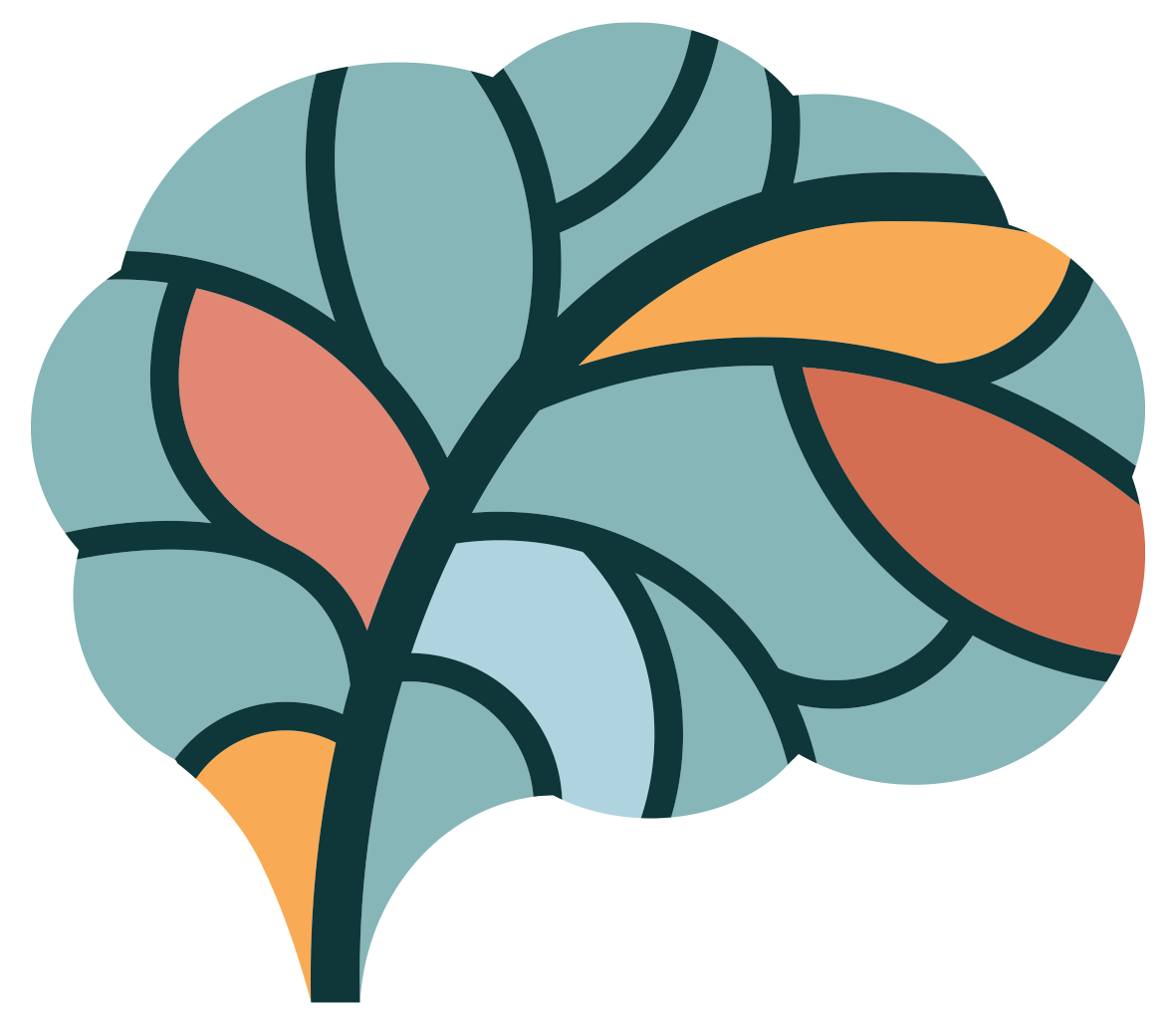
Technique 3: Tuning The Drum
In this outflow, explore and observe tensions throughout the body and slowly release those tensions with a Buffalo drum.
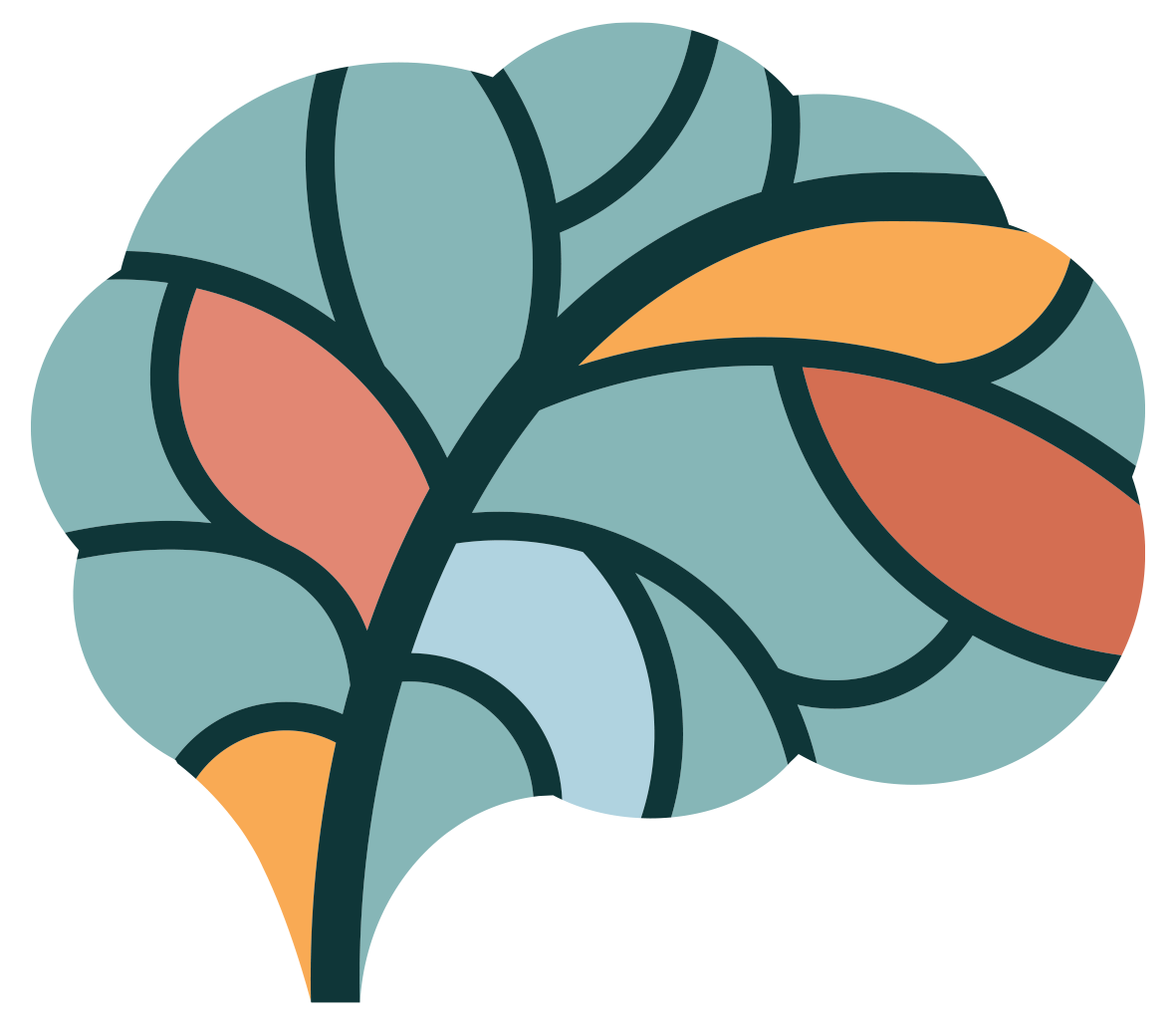
Technique 4: The Little Refrain
In this exercise learn how to create your own 4-word chorus/refrain to a song in accordance with your breathing to serve as a familiar soothing anchor among changing life elements.
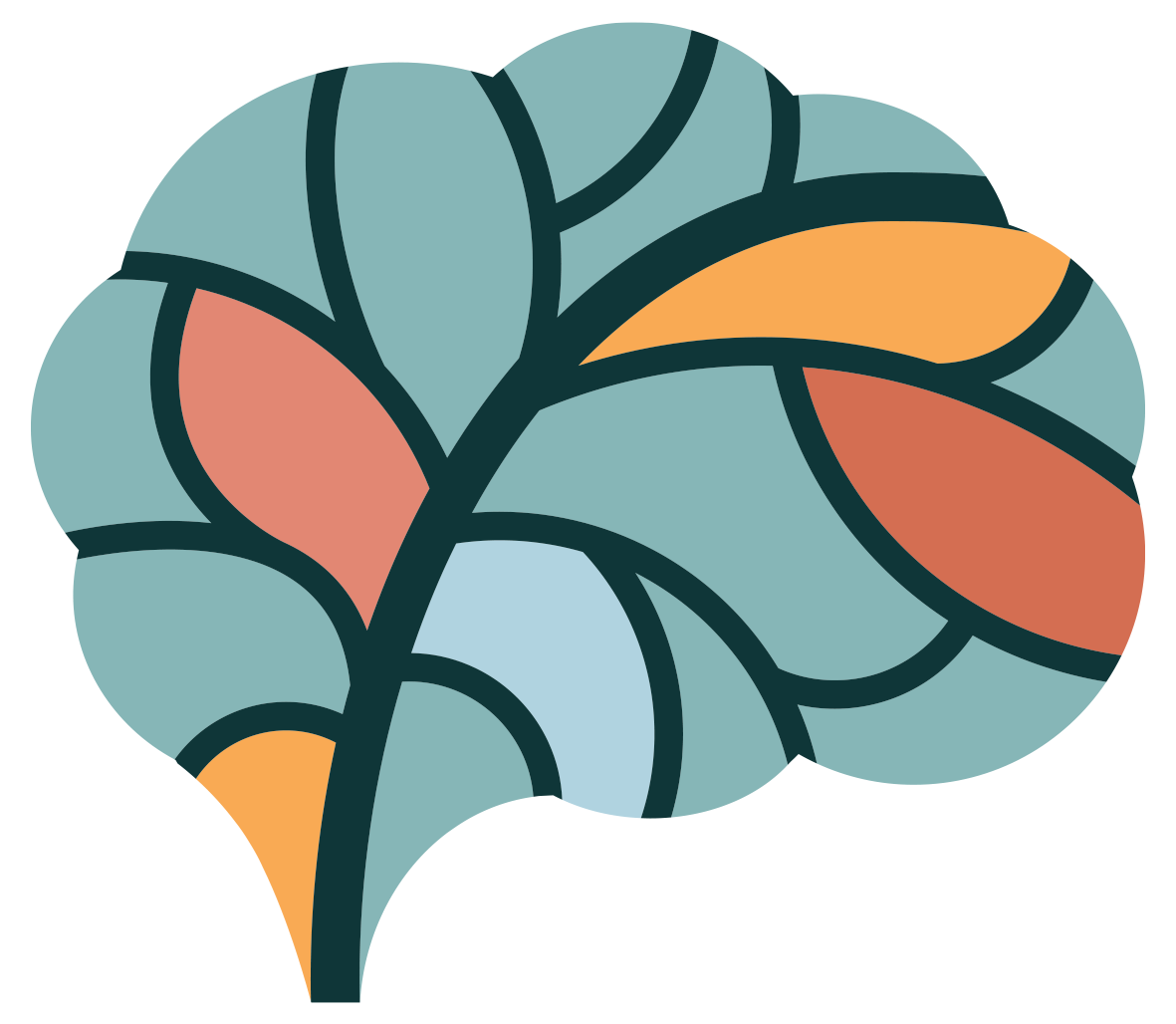
Technique 5: Finding Your Voice
The voice is the instrument to which we are most intimately connected. In this outflow, play with muffling and releasing the voice to help increase feelings of connectedness with the self and others.
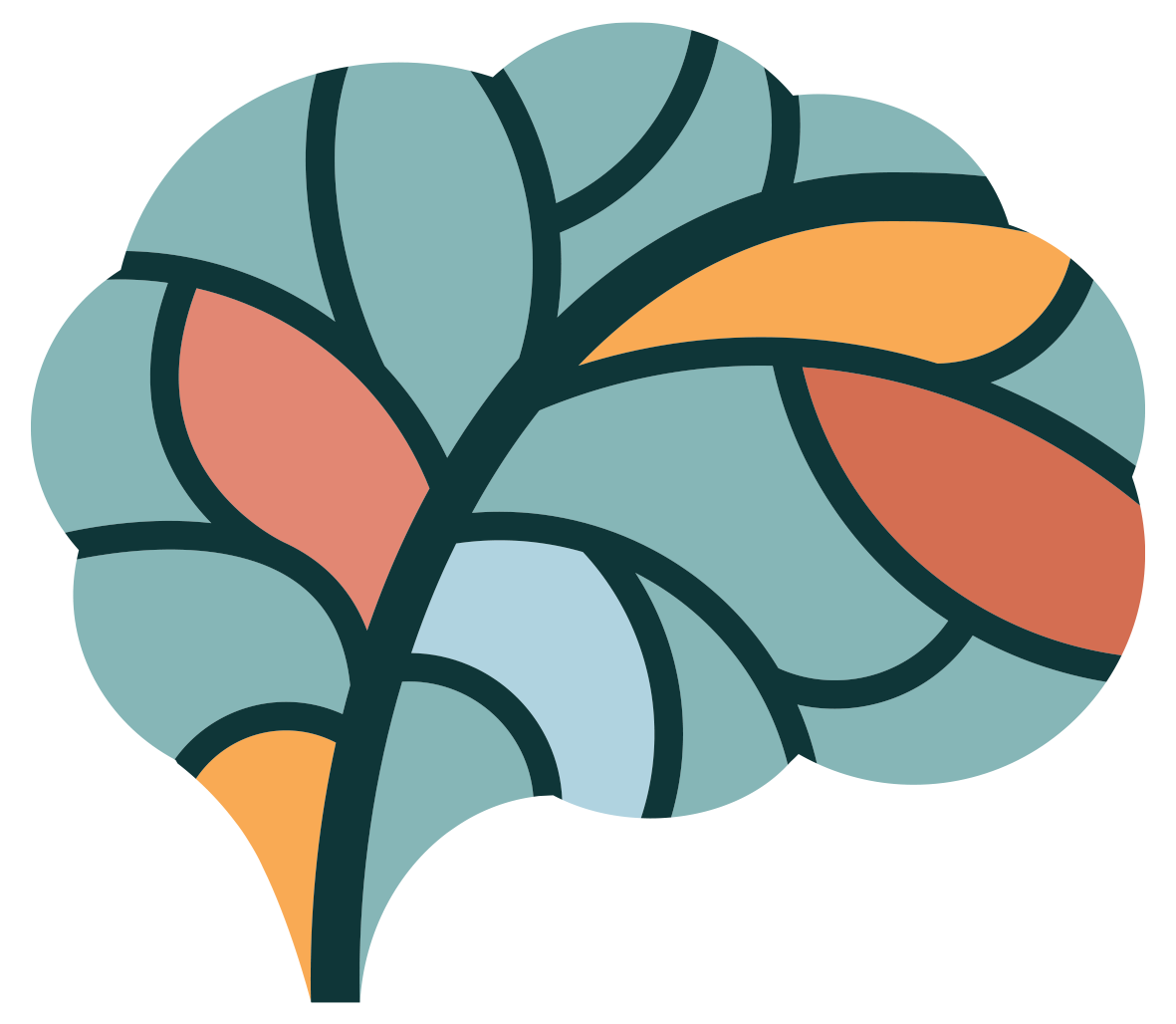
Technique 6: Sound Of The Self
In this outflow, utilize a brief mantra, paired with sound bowls, to connect with and ground the body through the incorporation of simple melodic voicing.
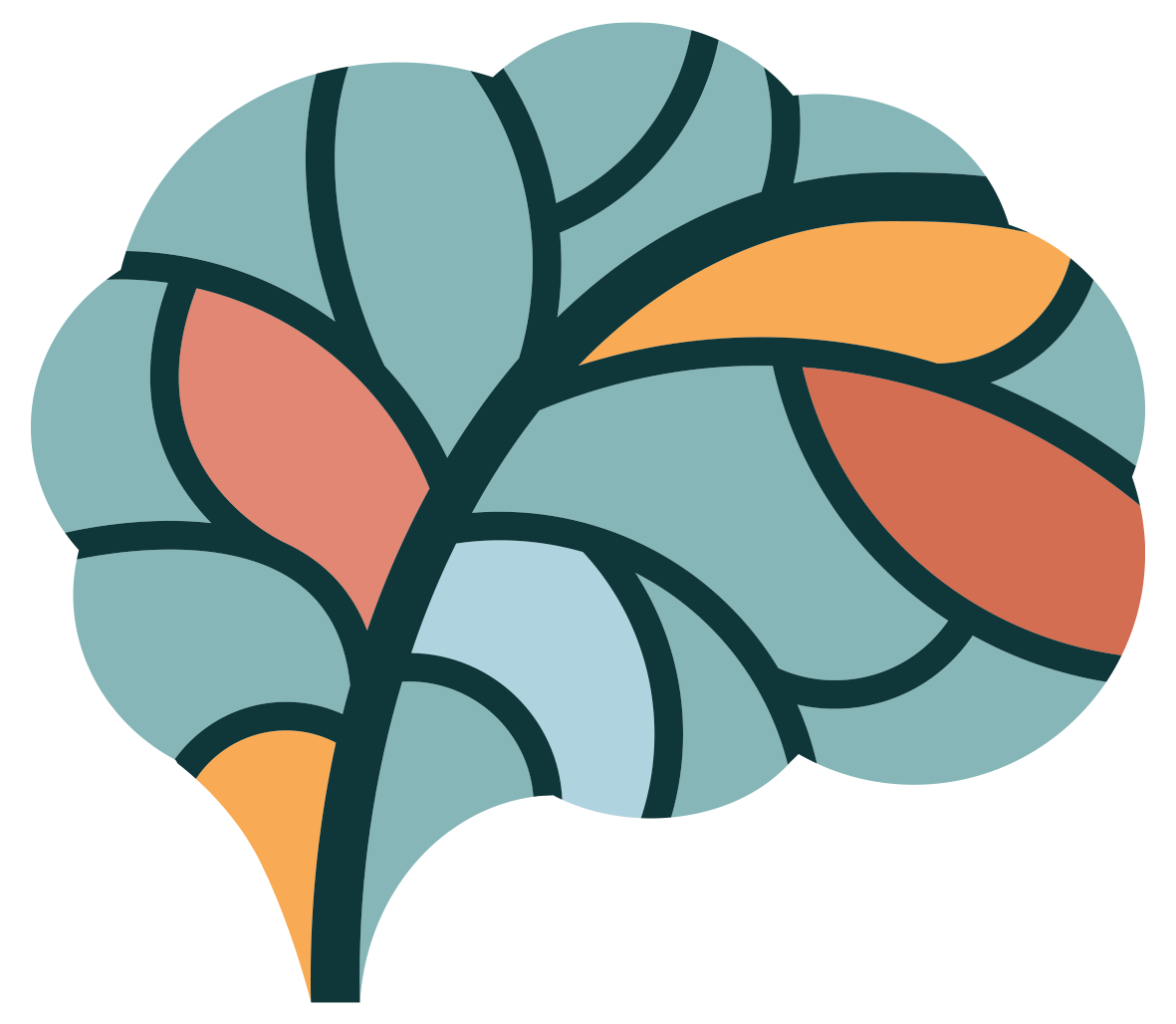
Technique 7: Mapping Your Sound Journey
In this outflow, connect all the previous exercise experiences with a final journal prompt to help you continue using sound and music in ways that are most beneficial to you.
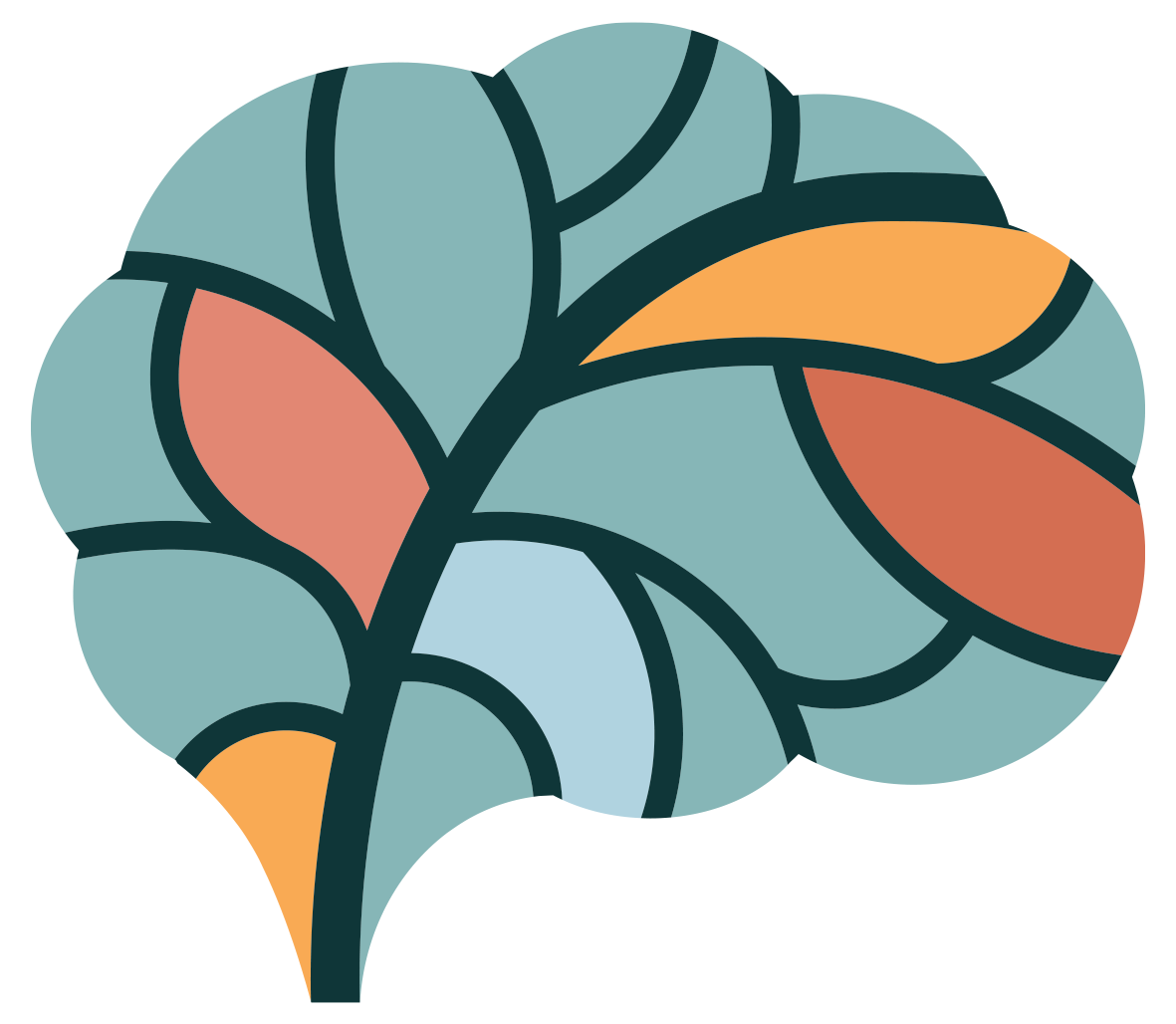
Bonus Sound and Music Techniques
-
Bonus Technique 1: Guided Meditation
-
Bonus Technique 2: Sound Journey
-
Bonus Technique 3: Releasing Tension
Exercises and other portions of this program have been adapted from material originally published in In Tune: Music as the Bridge to Mindfulness by Richard Wolf, Copyright © 2019 by Richard Wolf. Adapted and published by permission of the publisher, The Experiment, LLC.
Nine Expert-Led Theory Modules:

Module 1: An Introduction To The Impact Of Sound And Music With Dena Register (38-mins)
- Defining sound healing
- Differentiating sound healing from music threapy
- Understanding how sound and music impact the brain
- Understanding the reflexive framework of music

Module 2: Understanding The Trauma-Informed Use Of Music For Healing With Dena Register (45-mins)
- Understanding sound and music experience
- Understanding the role of music in radical healing
- Outlining the trauma-informed use of music
- Outlining 7 sound practices to implement in daily life

Module 3: An Introduction To Music Therapy With Aaron Lightstone (37-mins)
- Explain the history of music healing
- Defining music therapy
- Defining music care
- Exploring music therapy research
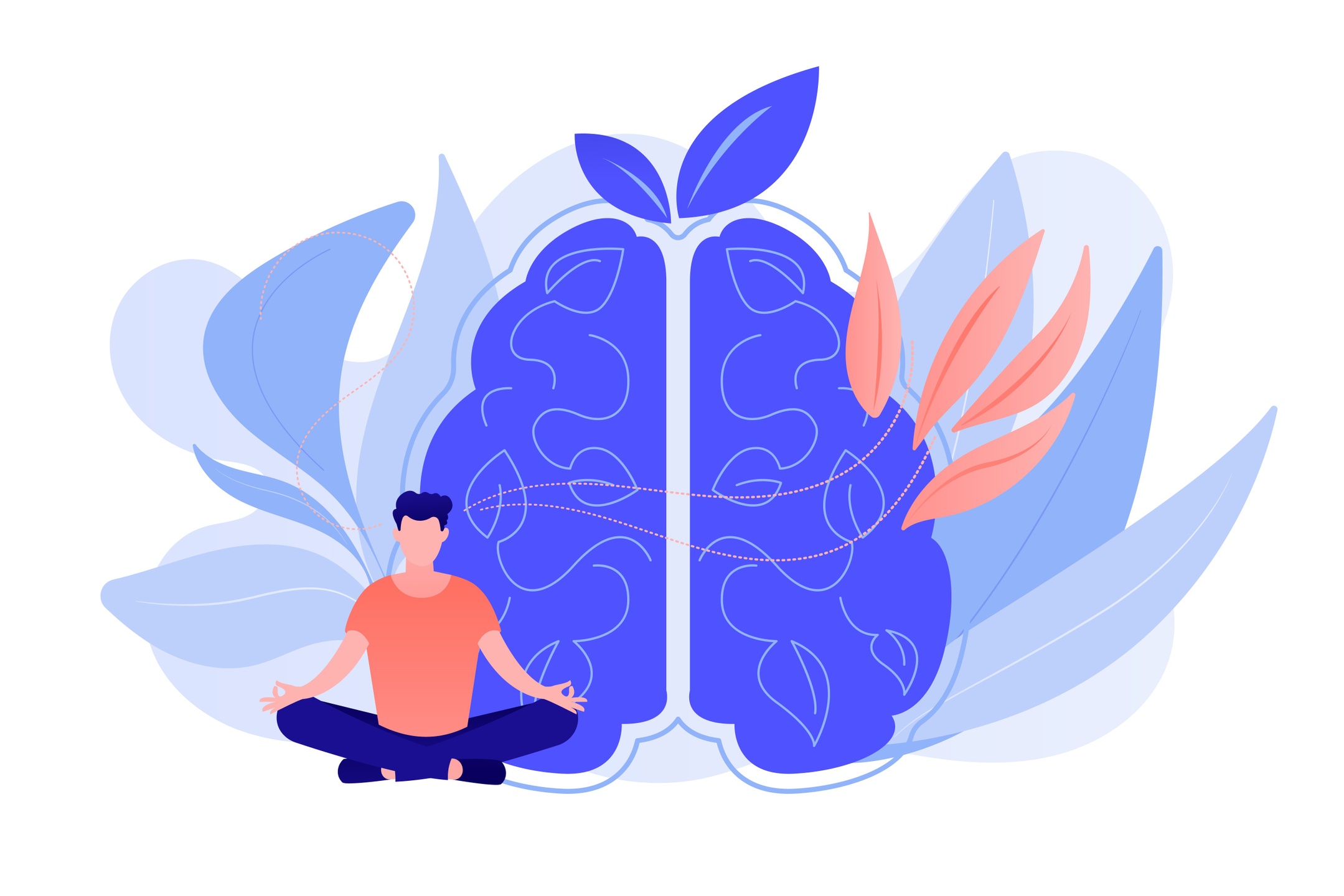
Module 4: Polyvagal Theory & Music Healing With Aaron Lightstone (27-mins)
- Defining music as universal
- Understanding how music experiences affect brain activity
- Understanding Polyvagal-informed music therapy
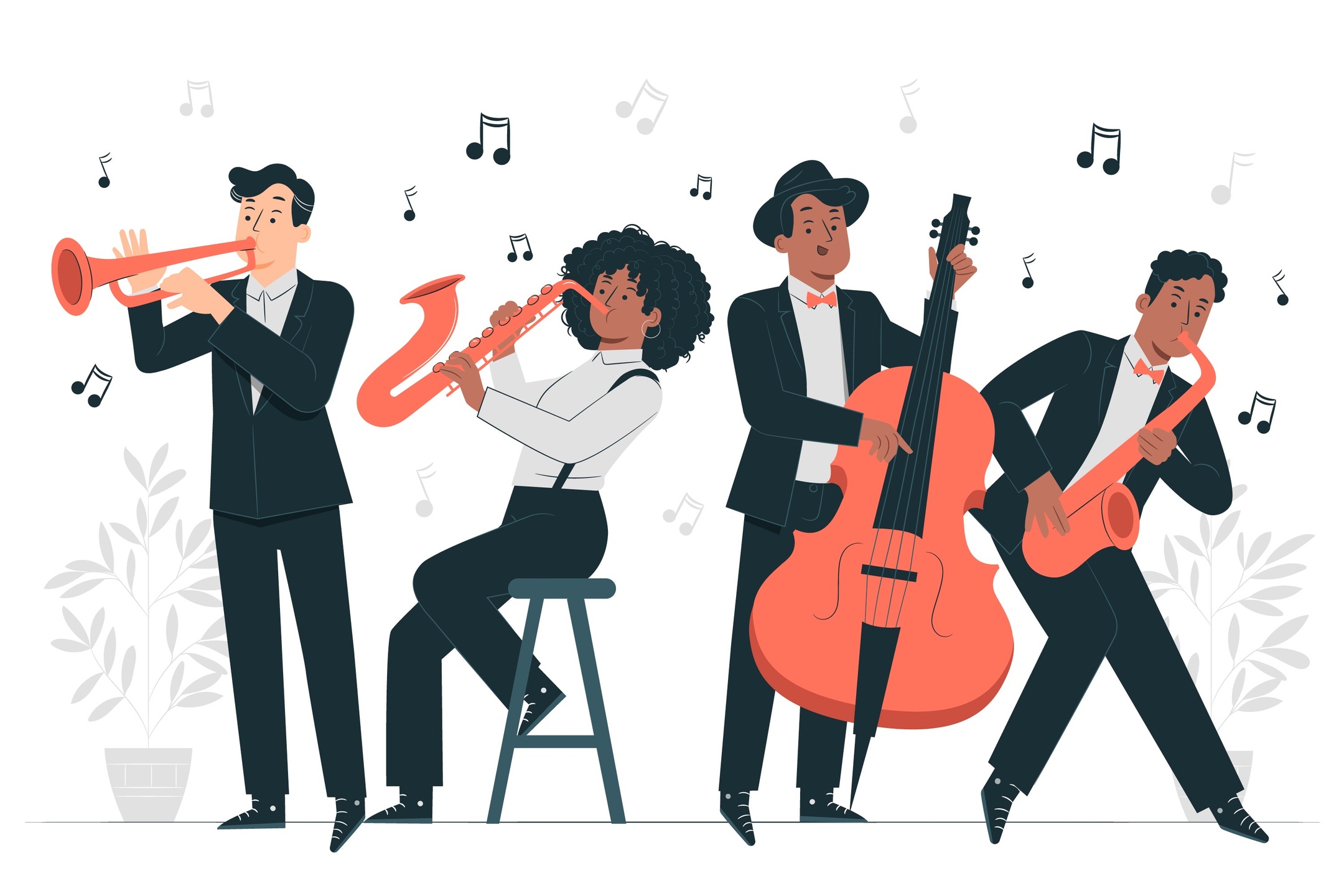
Module 5: Understanding Music Therapy In Practice With Aaron Lightstone (44-mins)
- Exploring music therapy approaches to trauma treatment
- Outlining examples of music therapy in practice
- Discovering ways to integrate music care into our everyday life or therapy room

Module 6: The Development And The Process Of The Safe And Sound Protocol (SSP) With Heather McDuffie (38-mins)
- The development of SSP and who practices and performs it
- Explore how music and sound stimulate the brain
- Explore how sounds can affect levels of activation in our body

Module 7: The Mechanisms And Effects Of Sound And Music On The Body With Heather McDuffie (49-mins)
- Understanding ear mechanics and auditory zoom
- Explore the neural effects of safe sounds on the body
- The role of prosody and computer enhanced music on the body

Module 8: The Impact Of Hearing And Sound On Behavior With Heather MacDuffie (32-mins)
- The relationship between neuroception, interoception, and reduced sensory capabilities
- Understanding the systems of social engagement
- Sorting through sounds and “brain noise”
- Explore the recorded effects of the SSP on behavior
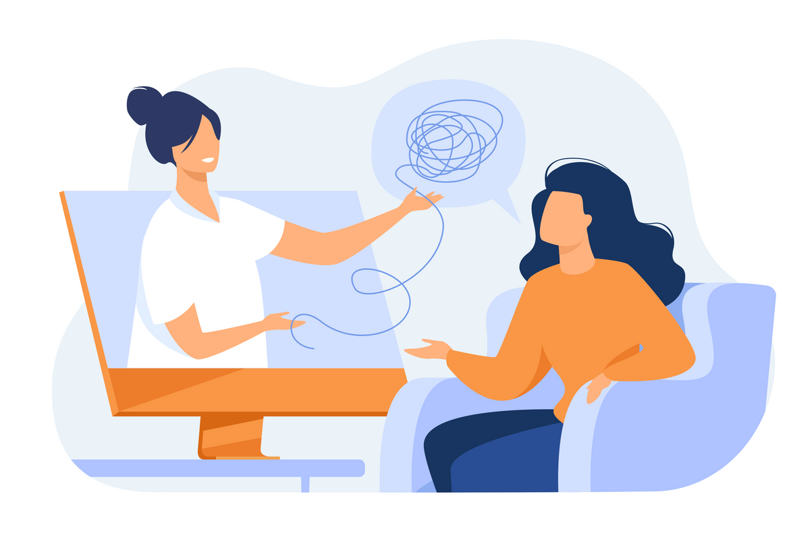
Module 9: The Practical Applications Of SSP With Heather MacDuffie (26-mins)
- Case history examples
- Music and memory
- How hearing and sound can expand our experience
- Key takeaways from the SSP
Our Programs Come With:
-
A private supportive community
-
Lifetime access to the program and all future updates
-
Technical support via email and Facebook messenger
-
Start at any time at your own pace
-
A 72-hour money-back guarantee
-
A 30-day program exchange policy
Register Here for $240
You’ll get all 9 theory modules, 7 sound and music techniques, learning tools, plus receive three additional expert-guided sound and music techniques you can immediately integrate into your trauma toolbox to help you work more effectively with a dysregulated nervous system.
Meaningful Feedback
“One of the greatest things I have noticed is that Rewire Trauma Therapy responds to every comment, either on Facebook, Instagram or through their programs… this makes me feel seen and heard… creates a beautiful space to heal in.”
Carrie Butler, Survivor
"Rewire was perfect for us. It allows us to use the program when we are able and has been a wonderful addition to our daily lives. We both struggle with anxiety and need to work through releasing trauma stored in our bodies."
Renee Boos, Survivor
"I would think if someone was new to therapy, these exercises would help calm their mind and body so they could be more vulnerable and become more conscious and aware of their thoughts and feelings. This is a great program and I hope people take advantage of it."
Matt Domyancic, Medically Retired Cop
"Thank you so much for creating and sharing such a helpful and inspiring program and for making it affordable as well."
Tracie Jones, Survivor
"I notice that I am 'tolerating' more feelings and exploring them as being transient, also to see if they are information for the here and now or something else. The approach is so gentle that I forget the power of that. I am grateful and get that this is ongoing."
Liz Gow, Survivor
"The course was presented in a very fresh, interesting, and informative way. The panel was extremely caring, professional, and engaging. The theory, exercises, and bonus program exercises were a beautiful way to present such rich information."
Rita Ehrman, Survivor
“The tools I learned in your program helped me to feel less anxious, more connected to my body, helped me to sleep better, and have a little less pain. I will come back to these tools throughout my day and look forward to re-watching the videos.”
Tracie Jones, Survivor
Register Here for $240
You’ll get all 9 theory modules, 7 sound and music techniques, learning tools, plus receive three additional expert-guided sound and music techniques you can immediately integrate into your trauma toolbox to help you work more effectively with a dysregulated nervous system.
Meet The Experts
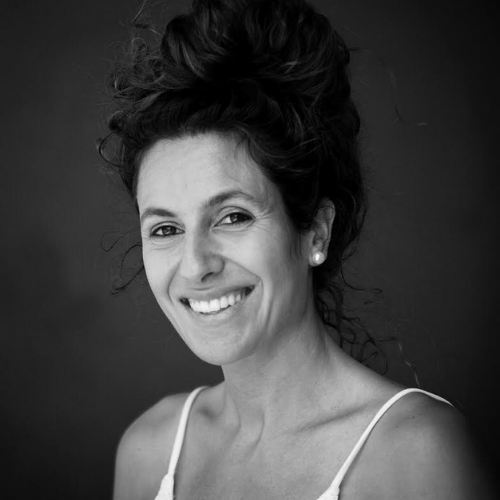
Tanya Zajdel
RN, PSYCHIATRIC NURSE, FOUNDER OF REWIRE TRAUMA THERAPY
Tanya’s work with trauma healing and survivorship has been featured at the Tribeca Film Festival, CBC News, Vox Tablet and Iheart Radio.
Tanya is a mental health worker, a women’s health nurse, and a published feminist author. Tanya focuses primarily on creating programs that facilitate trauma healing through creating new neural connections in the brain called 'neuroplasticity exercises'.
Her techniques combine various proven therapies to repair and reset the nervous system after trauma including somatic therapy, yoga, drama therapy, dance therapy, CBT, qigong, EMDR, vagal toning, authentic movement, and a combination of expressive, creative art therapies.
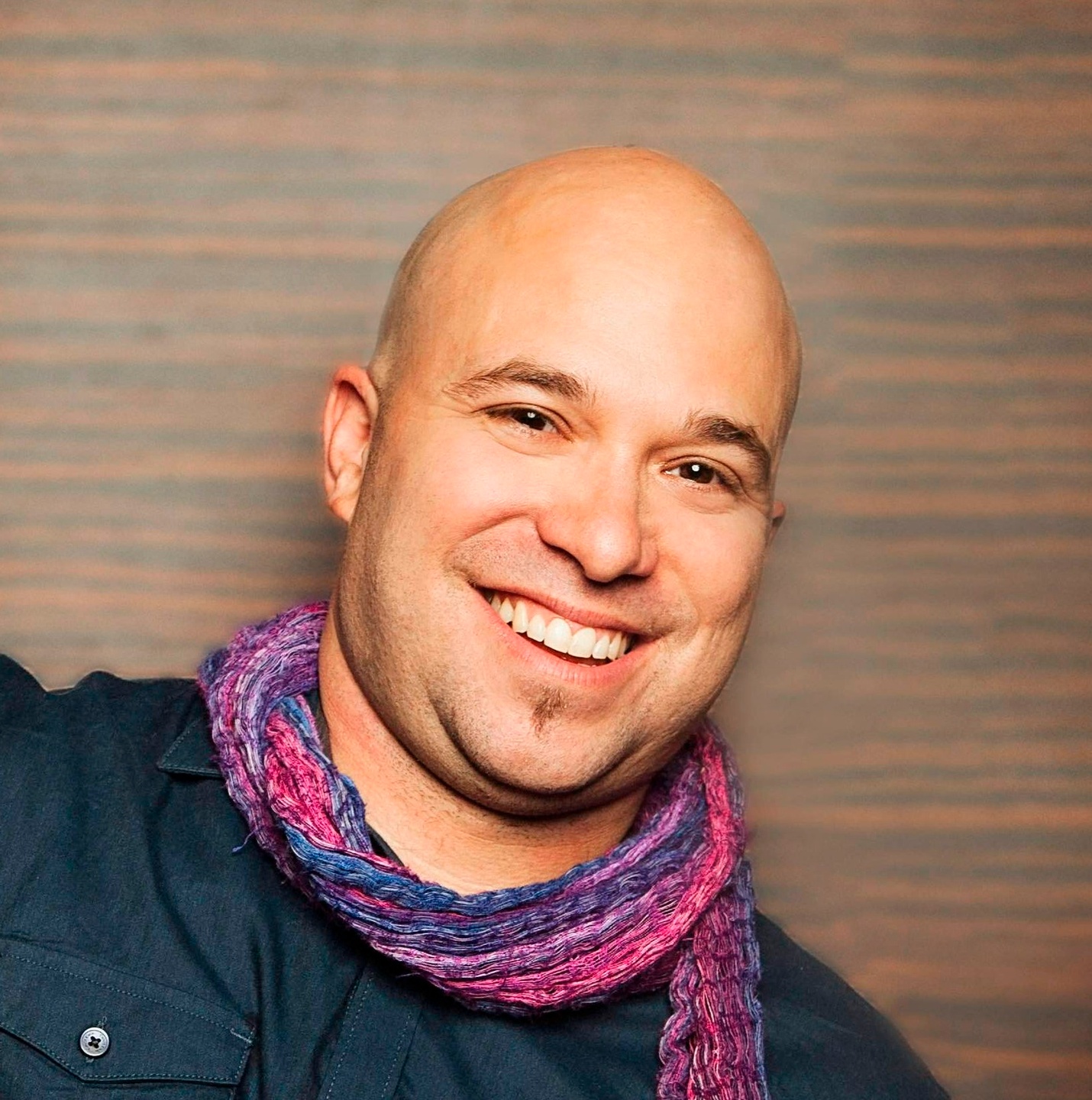
Aaron Lightstone
REGISTERED PSYCHOTHERAPIST, MUSIC THERAPIST ACCREDITED NEUROLOGIC MUSIC THERAPY FELLOW
Aaron Lightstone has been a music therapist, musician, composer, and psychotherapist for over 20 years. He is the founder and director of Music Therapy Toronto, a practice that specializes in the rehabilitation of neurologic injury and disease, and mental health issues. Aaron holds a Master of Music Therapy degree from Wilfrid Laurier University.
In addition to his clinical work his also an active musician who is best known as the founder of Jaffa Road, an award-winning intercultural ensemble that integrates the worlds, of Rock, Jazz, electronic, Jewish, Arabic, and Indian music. JAFFA ROAD which has been recognized with a Canadian Folk Music Award and two JUNO award nominations. He is also the music director of the Bliss i-Band, a community music ensemble for non-speaking adults with complex physical disabilities.

Dena Register
MUSIC THERAPY CLINICIAN, EDUCATOR
Dena Register is a music therapy clinician, educator, and researcher, specializing in program development. As a Fulbright Scholar in Bangkok, Thailand, she developed training to build awareness and appreciation of music as a healthcare discipline.
These experiences led to her interest in holistic, trauma-informed care and how clinicians build and utilize resilience.
She studied Ayurvedic lifestyle and Primordial Sound Meditation through the Chopra Center and as a Chopra-certified meditation teacher, she leads meditation and sound healing practices at the Chopra MindBody Zone in Lake Nona (greater Orlando).

Heather MacDuffie
PSYCHOTHERAPIST, PHD LCSW MAINE
Heather MacDuffie PhD is a Maine psychotherapist in private practice focused on clients with long term trauma and complex multisystem conditions.
She has been using the Safe and Sound Protocol music-based vagal stimulator since 2017, and found the results so valuable that she has refocused on how to use the SSP to boost therapeutic health and fitness outcomes across professional modalities.
She is excited to share how vagal toning practices generate broad ripples of healing in body and mind, to enhance life through the senses.
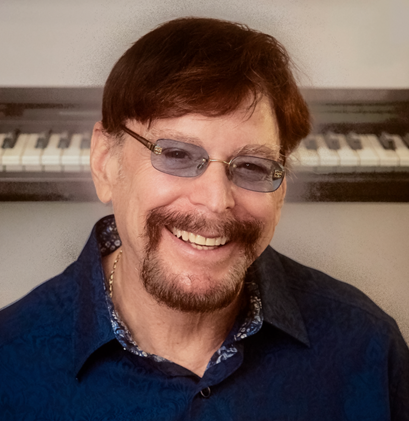
Richard Wolf
EMMY AWARD-WINNING COMPOSER, MULTI-PLATINUM SELLING MUSIC PRODUCE, TEACHER AND AUTHOR
Richard “Wolfie” Wolf is an Emmy Award-winning composer, multi-Platinum-selling music producer, teacher and author. His influential book “In Tune: Music As The Bridge To Mindfulness” was written up in The New Yorker, Parade, Mindful Magazine, Spirituality & Health and is the basis for the podcast “Wolf In Tune”. His class at USC’s Thornton School Of Music on the harmonies between music, meditation & mindfulness was the first- and still one of the only -classes on a university level to explore how the practices can strengthen each other.
Register Here for $240
You’ll get all 9 theory modules, 7 sound and music techniques, learning tools, plus receive three additional expert-guided sound and music techniques you can immediately integrate into your trauma toolbox to help you work more effectively with a dysregulated nervous system.
Frequently Asked Questions
How long do I get access to the program?
What is your refund policy?
Are the educators in this program licensed to guide me?
If I am not traumatized by any one experience but I’m looking to improve my overall mood and mental health, is this course still for me?
Can I use this course to support my loved one who struggles with mental health?
Is it better to combine various therapy techniques (as suggested in your program) to heal from my trauma, or is it better to stick with just one form of therapy?
Will I receive recognition of completion?
Do your programs contain only video content?
Can children participate in your programs?
Do you offer payment plans or scholarships?
Do you offer in-person sessions?
Register Here for $240
You’ll get all 9 theory modules, 7 sound and music techniques, learning tools, plus receive three additional expert-guided therapeutic art techniques you can immediately integrate into your trauma toolbox to help you work more effectively with a dysregulated nervous system.















